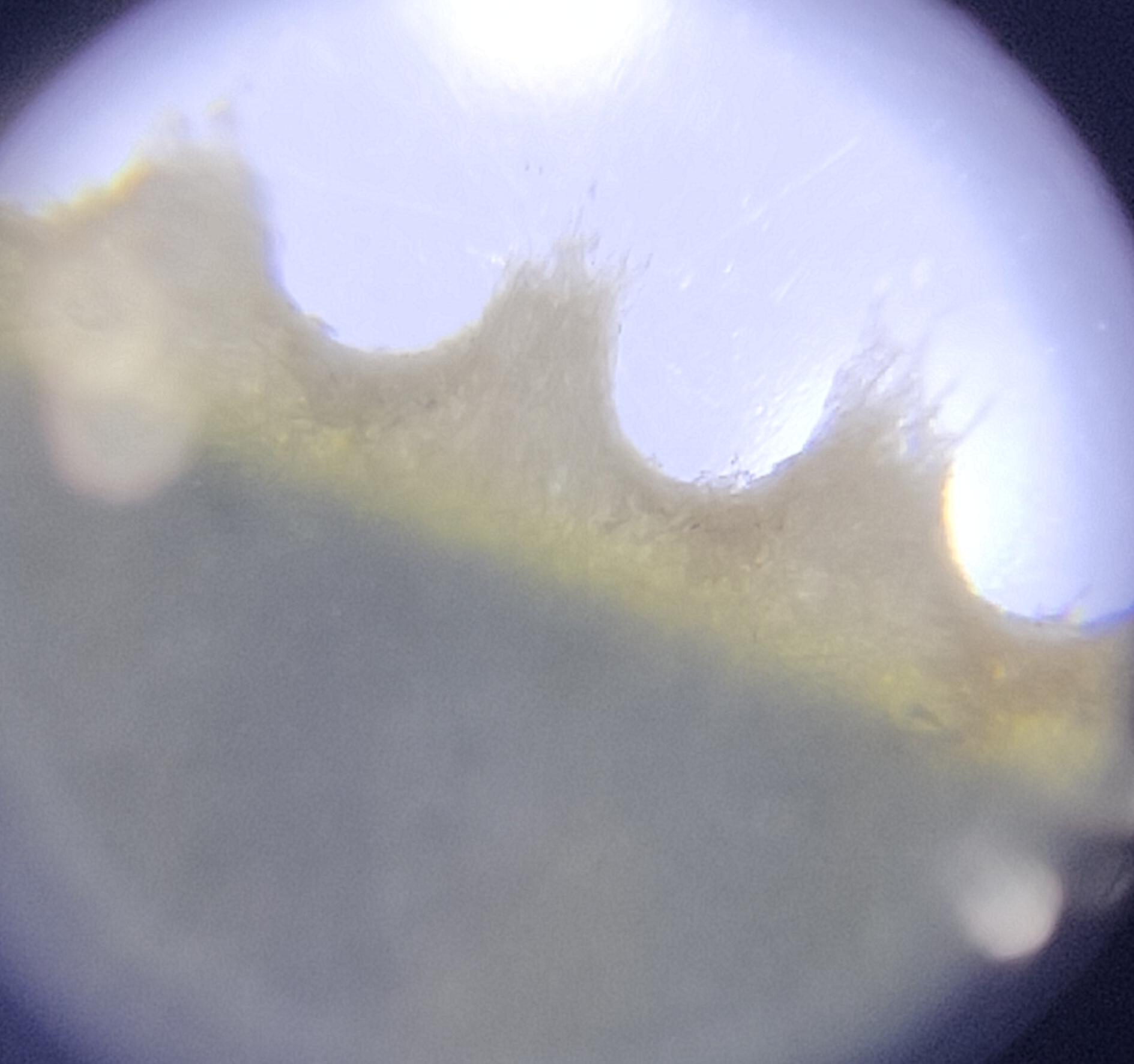1954 North Borneo 1c Red Brown - Mount Kinabalu
There is a special vibe to this color and I feel that its monochromatic yet warm tone perfectly resonates reverence towards this ancient giant.
 |
| Top: Some mint 1 cent stamps depicting Mount Kinabalu with portrait of Queen Elizabeth II. Bottom: A First Day Cover (FDC) commemorating the release of the stamp on 1st October 1954 |
On a recent read on the Colonial Report on North Borneo 1949, the photograph featured on the cover of the report was identical to the one used for this stamp but if you were to travel to Kota Belud, prepare to bask in the glorious view of the mountain.
 |
| Cover of the Colonial Report on North Borneo 1949 |
Coming back to the mountain, there are many folklores and local legends gravitating around this mystery. Among various stories suggesting where the mountain got its name, I was often told three versions of the story:
1. The story of Kinohiringan, Umunsumundu, and Kondiu
According to the Kadazandusun creation myth, Kinohiringan and Umunsumundu were deities that were believed to be the creators of the universe. Kinohiringan created the skies while Umunsumundu, his wife, sculpted the earth. Upon completion, an eagle called Kondiu was sent flying high up the sky to examine and report on their creation. When Kinohiringan was told that the clouds were too small to match the size of the earth below it, Umunsumundu decided to reshape earth to match the size of the clouds. Kinabalu sits as the center of the world.
2. Aki Nabalu
In this version, the mountain is believed to be the resting place of the dead for Kadazandusun tribes. Elders refer the mountain as 'Aki' or grandfather believing that Aki is the guardian keeping the mountain and leading all souls back to this revered place of the dead, while 'Nabalu' means mountain in loose translation.
3. Kina Balu
Kina Balu roughly translates to Chinese widow. Kina = Cina or Chinese, Balu = widow. In this tale, it was said that a dragon guarded precious jewels on the summit of the mountain. Attracted to the treasure, many Chinese soldiers attempted to retrieve them from the mountain but had fallen prey to the dragon. Consequently, the wives of the fallen men became Chinese widows.
 |
| Mount Kinabalu taken at my maternal hometown at Kg. Toboh Lama, Ranau early this year |
Note on stamp:
North Borneo 1954 Scott 261/ ISC 336 1 cent red-brown 'Mount Kinabalu'.
Wmk. Multi. Script CA
Perforation: 14.5 x 13.5
Perforation: 14.5 x 13.5



Comments
Post a Comment